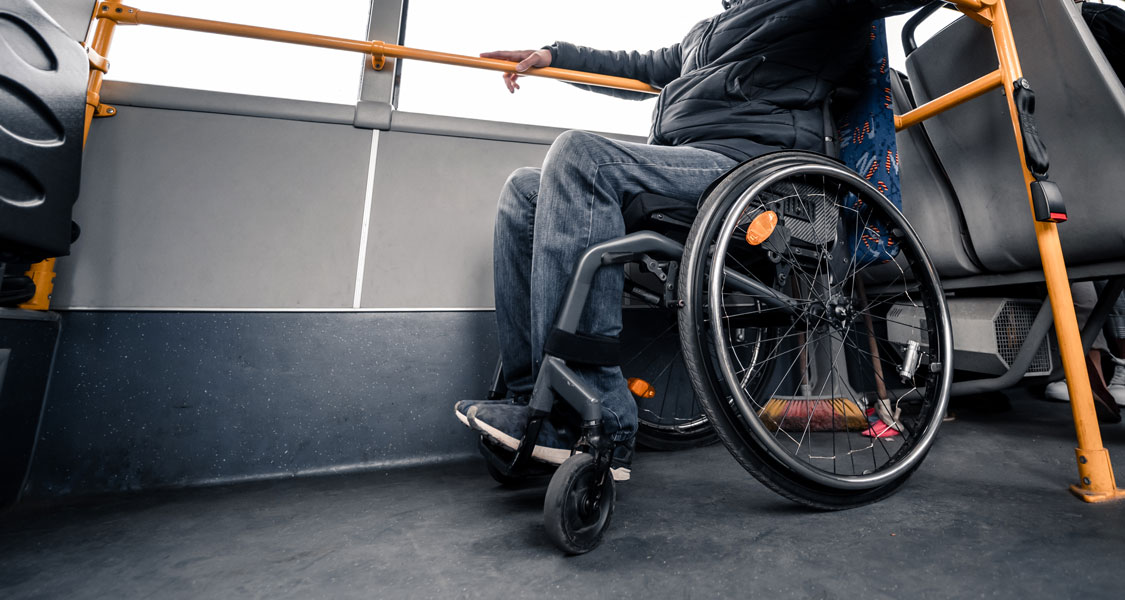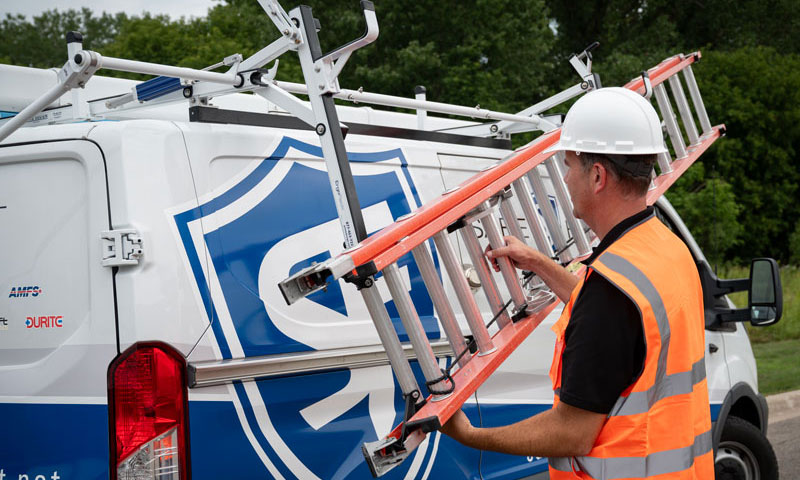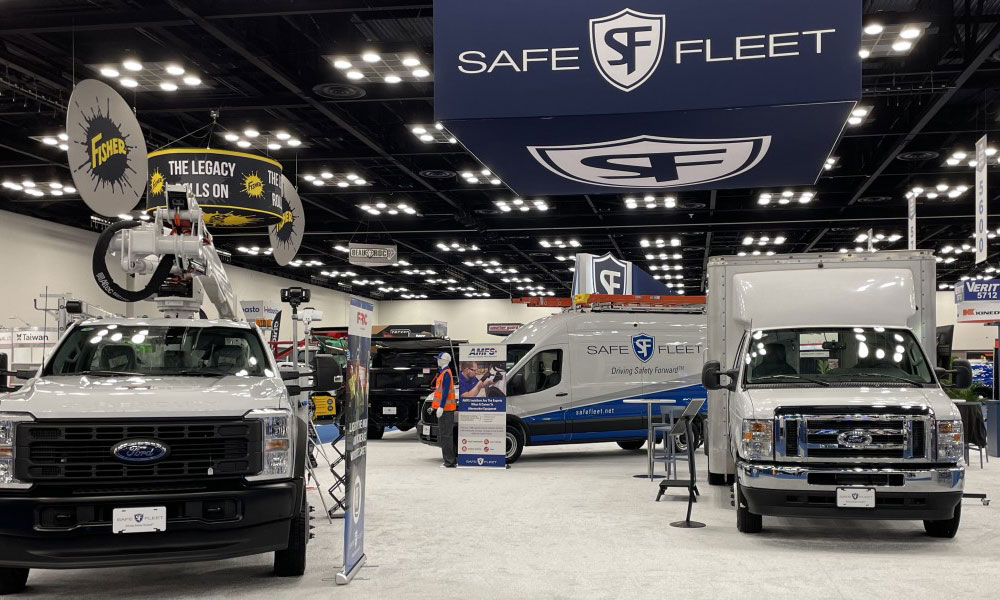Empowering Paratransit Agencies and Riders with Technology
Paratransit vehicles are an essential part of every city in the US; and in accordance with the Americans with Disabilities Act (ADA), not only an essential but mandatory part of most transit agencies[1].
Paratransit Services Today
The need for paratransit is rising. The MTA in New York City reports their “Access-a-Ride” service has increased in ridership over last year’s figures[2]. And with the older population in most North American cities growing, this need is expected to become even greater in the near future.
But for a lot of agencies the struggle is real. Labor shortages are making meeting demands tricky. Cities like Buffalo, NY, are battling driver shortages for almost 20% of their paratransit fleet[3], which makes providing adequate service difficult. MTA’s service reached a high of 121% of driver no-shows in September 2021[4].
The staffing crisis and high turnover rates are impacting paratransit services throughout the US. Ridership is working its way up to pre-2020 numbers, while driver availability is going down. Sign-up bonuses of up to $2,000[5] USD are not making the situation any better.
Paratransit users are left hanging whether they’ve made bookings or not. Passengers recognize driver shortages are a big part of the problem, but staffing issues extend beyond the bus to the back office too. This has led to riders being dropped off in locations that don’t align with their end destinations.[6]
These problems and the availability of alternative options have pushed tech-savvy riders to opt for competitive means of transportation like Uber and Lyft. These Transportation Network (TNC) Services don’t cater to and haven’t been adapted for this type of transportation. Still, they have proven effective on some occasions.
Because paratransit riders can have particular needs such as wheelchair accessibility or personalized drop-offs, improved safety in paratransit vehicles is paramount. But it’s hard to improve service when resources and staff are scarce.
There is one way to make paratransit service safer, and easier for agencies: technology.
Technology as a Partner to Paratransit Services
Mobile apps, GPS systems, onboard camera systems and displays, and Wi-Fi/Cellular enabled vehicles offer a chance for a greater, more efficient, effective, and safer experience for all.
How?
From the agency’s perspective, these tools support operational activities: Live tracking vehicles, planning and providing better routes, knowing rider’s individual needs, managing resources more effectively, studying driver behavior, and documenting everything that happens on any given day in and around the vehicle with video.
From the driver’s perspective, technology makes their job easier: Quick and effective back-office communication, better reaction to unexpected traffic patterns or events, better preparedness for each passenger’s specific needs, improved performance feedback, and video-backed protection in case of liabilities.
And from the rider’s perspective, a future-thinking agency’s offerings provide better service: Improved bookings, live GPS tracking, personalized and effective trips, and the invaluable feeling of safety onboard.
Agencies in the City of Alexandria[7] and Montreal[8] are already implementing technology to improve efficiency and the quality of their service. With a phone app, users can manage and track their reservations, pay by credit card, receive notifications, and more. And with the advent of smart cities[9] throughout North America, the link between personal smartphones and public services is expected to grow stronger.

Unprecedented times require unprecedented solutions.
Technology’s flexibility and adaptability allows agencies to think differently and solve struggles in brand-new ways. And by doing so, improve operations, resource usage, stay competitive, and provide a safer and more effective service for its users.
Are paratransit services going to adapt or become a second, or third option after the big ride-sharing apps?
…
Choosing the right technology partner is key to empowering your paratransit service and providing a better experience for your ridership. Safe Fleet, with its future-proofed, purpose-built, reliable, and safety-focused technology solutions is the one-stop provider that can help you with all your technology needs.
[1] https://www.transit.dot.gov/regulations-and-guidance/civil-rights-ada/part-37-transportation-services-individuals-disabilities#subpartF
[2] http://aardashboard.mta.info/
[3] https://spectrumlocalnews.com/nys/buffalo/news/2022/09/14/labor-shortage-causes-nfta-paratransit-to-cancel-rides
[4] https://www.thecity.nyc/2021/11/17/22788573/access-a-ride-failing-mta-paratransit-service-drops
[5] https://careers.mvtransit.com/en-US/job/driver-2000-sign-on-bonus/J3P5TR6V0R97DRDHVY4
[6] https://www.wbfo.org/health-wellness/2022-09-12/self-advocates-call-out-nftas-reliability-as-driver-shortage-impacts-paratransits-on-time-performance
[7] https://www.masstransitmag.com/technology/passenger-info/mobile-applications/press-release/21276837/via-transportation-city-of-alexandria-launches-new-via-app-for-paratransit-users
[8] https://cities-today.com/montreal-launches-real-time-tracking-for-paratransit-services/
[9] https://www.twi-global.com/technical-knowledge/faqs/what-is-a-smart-city

































